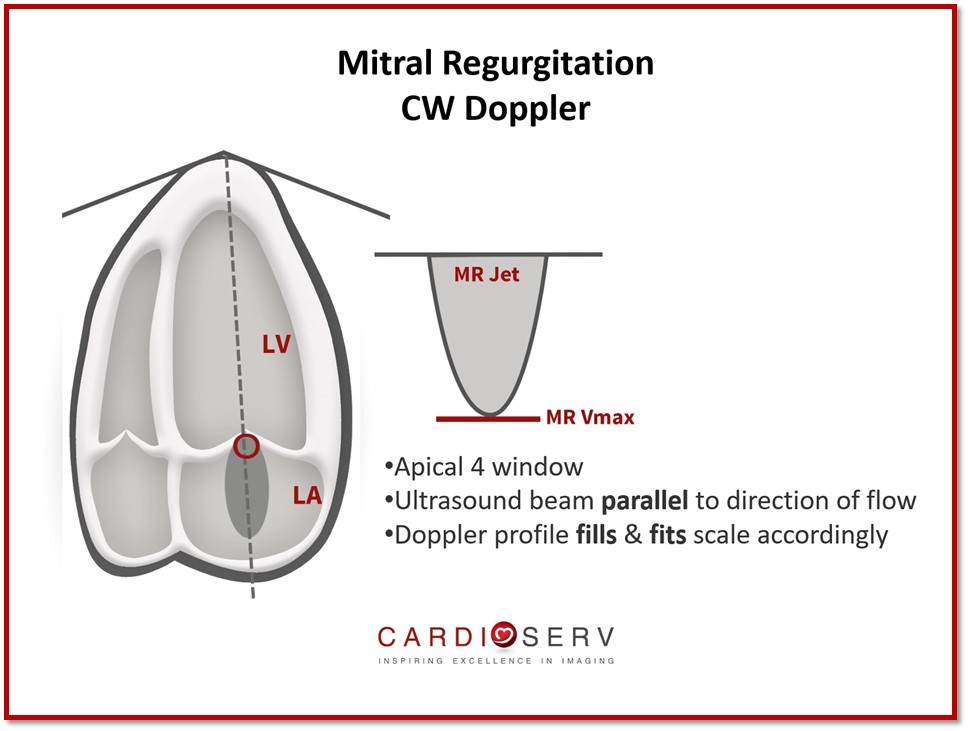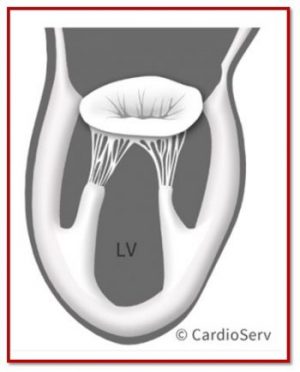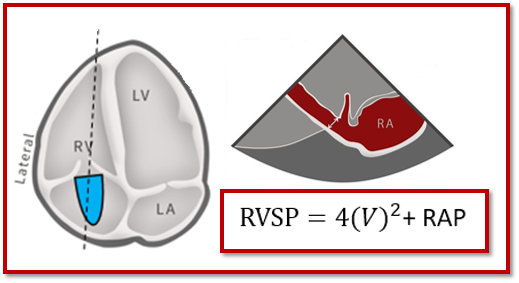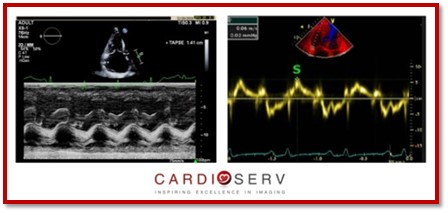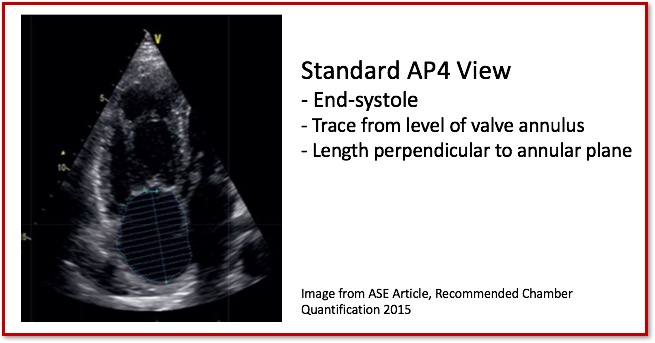3 Doppler Techniques for Evaluation of MR!
Last week we discussed 3 measures to use with color Doppler for evaluating the presence of mitral regurgitation (MR). If you missed last week’s blog, or would like to refresh, you can find them here:
3 Doppler Techniques for Evaluation of MR! Read More »

